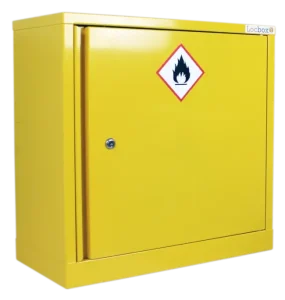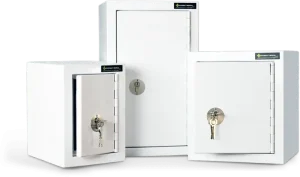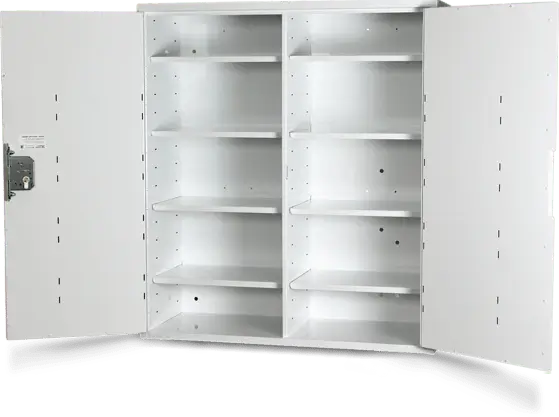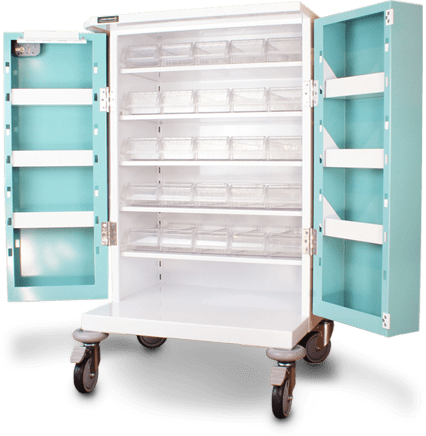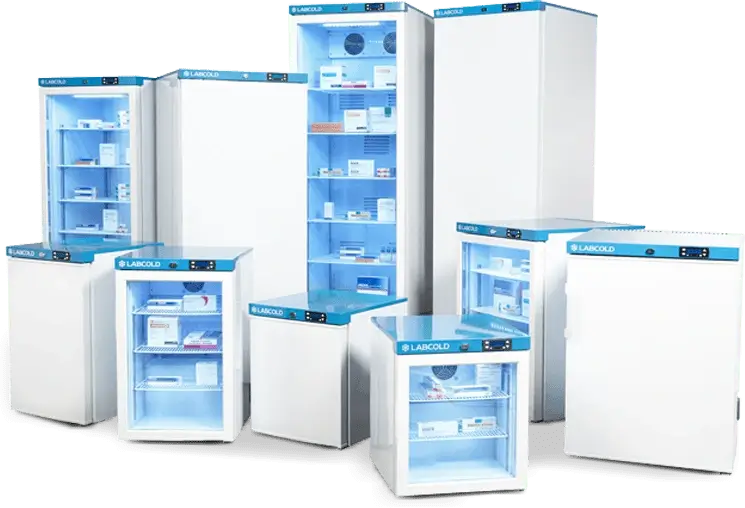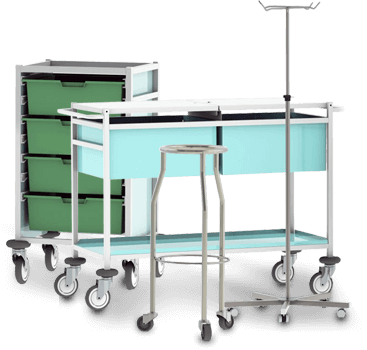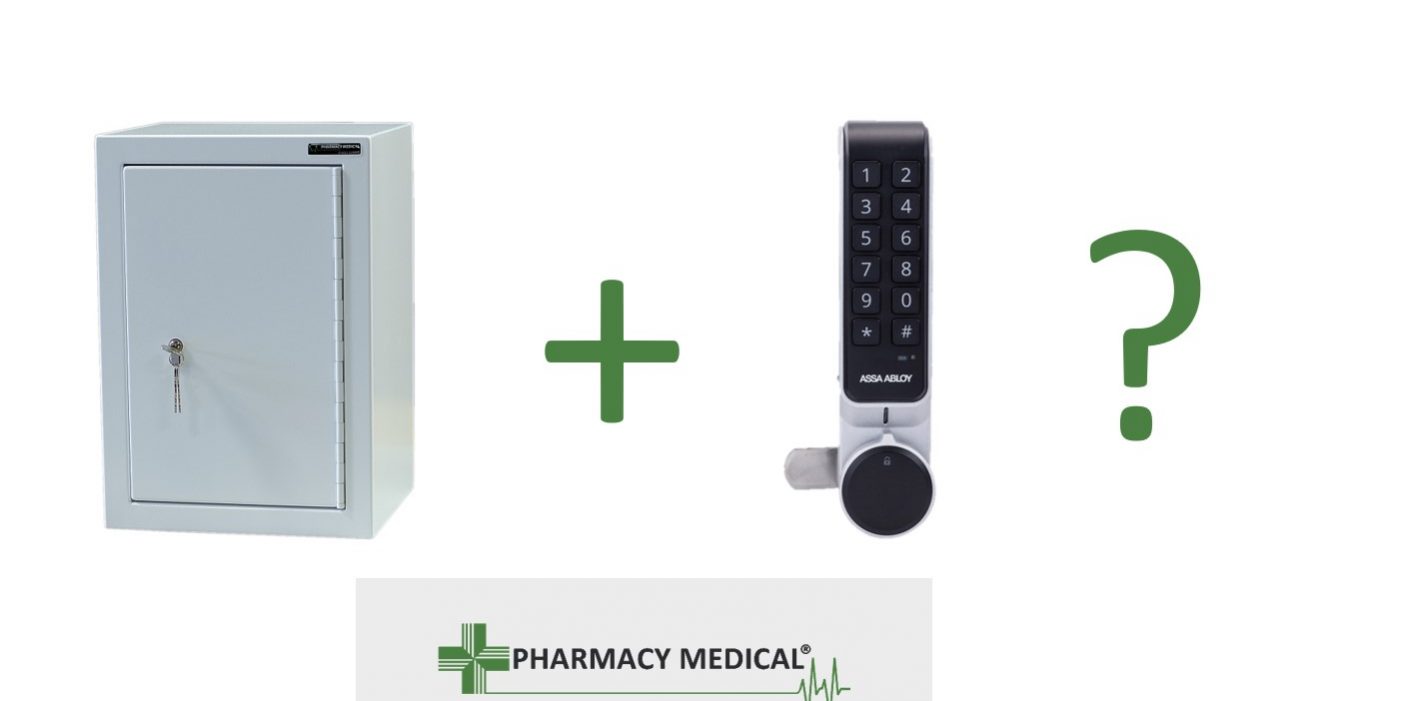Controlled drugs cabinet with combination lock.
Can you use a digital combination lock on a controlled drugs cabinet?
This is a question we are often asked, to which there does not seem to be a clear and definitive answer.
The inclusion of a digital combination lock on a controlled drugs cabinet does seem to be a modern and arguably better alternative to the traditional key operated mortise lock. However, as the Misuse of drugs (safe custody) regulation was written into law prior to the availability of these lock types it does not make provision for their use on a controlled drugs cabinet or medicine cabinet. The Misuse of drugs (safe custody) regulation sets out the requirement as “an effective lock” which has specific criteria concerning items such as number of key differs, mortise bolt size and throw etc. All of these we can accommodate using our conventional mortise casement with the provision of a digital combination lock to replace the euro cylinder. This configuration of a digital combination lock together with a conventional mortise casement will fulfil most of the criteria required by both Misuse of drugs (safe custody) regulation and BS 2881:1989. There are however parts of both these regulations which cannot be fully satisfied using a digital combination lock. These are: –
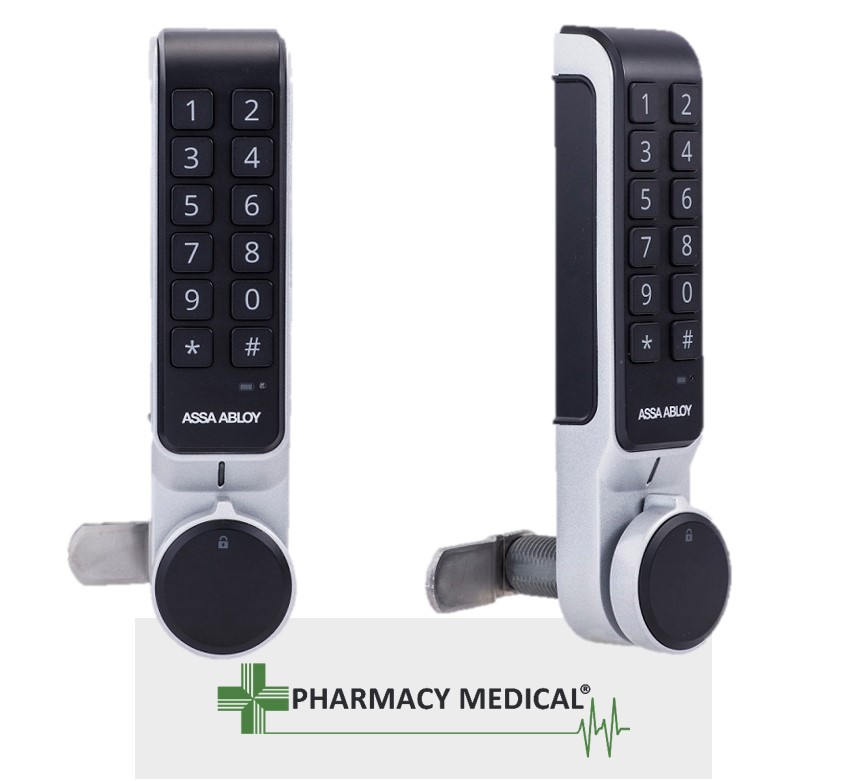
- Misuse of drugs (safe custody) regulation and BS 2881:1989.
- Schedule 2-part 3 item (a) “having at least 5 differing levers of, in the case of a pin and tumbler mechanism at least 6 pins”. A digital combination lock has none of these.
- British Standard 2881:1989 Cupboards for the storage of medicines in healthcare premises.
- Schedule 7.1 “All locks shall be of such a design that the key cannot be removed unless the mechanism is in the locked position”. A digital combination lock has no key nor is there any current design of unit which gives any clear indication when the lock is open.
Both the above for each for their own specific reasons would not currently be satisfied by a keyless lock.
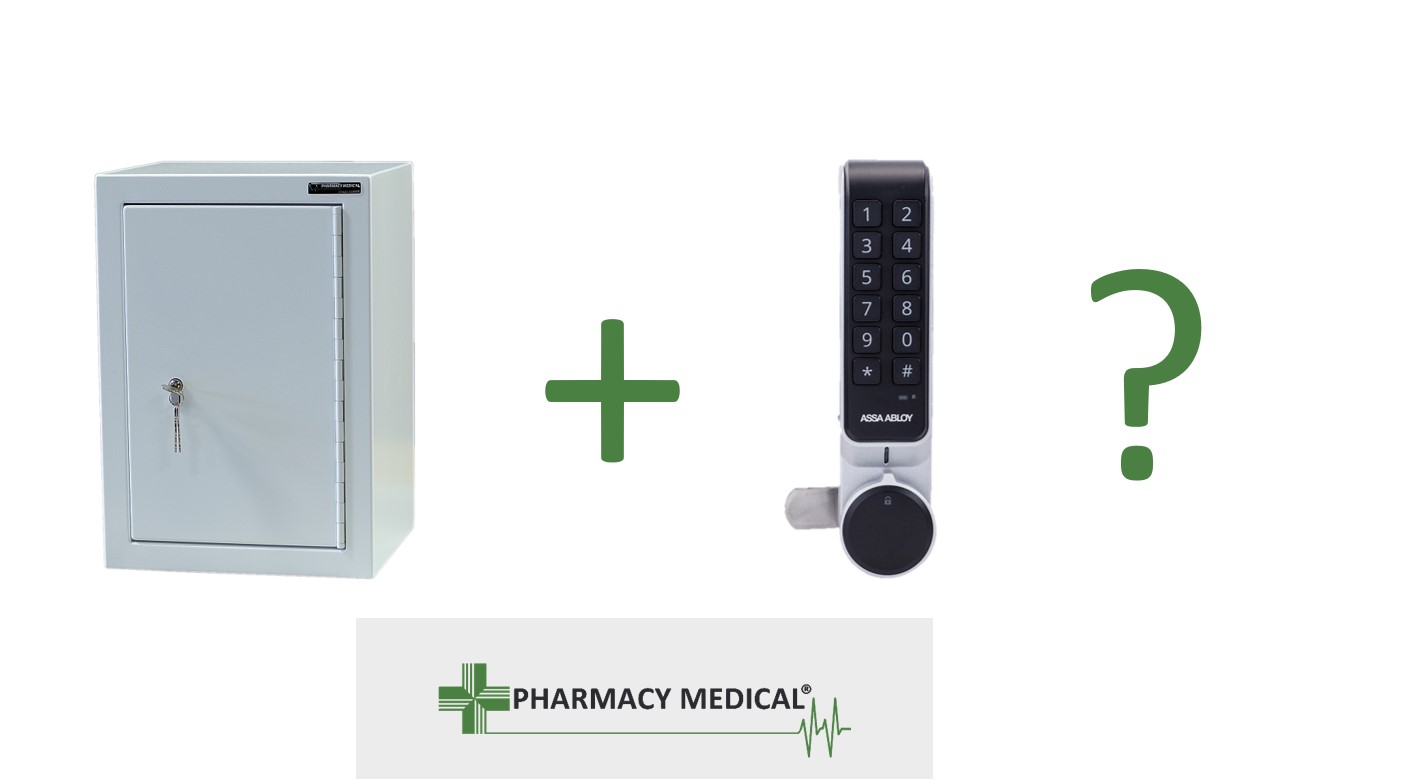
The Home office point out the use of combination locks avoid the need to make secure provision for the safe storage of keys and encourage their use for this reason. This is true and would be possible if the current regulations were altered to include the use of a combination lock in the regulations. Until however this is done any cabinet displaying its compliance with either British standard 2881:1989 or the Misuse of drugs (safe custody) regulation should be fitted with the specified conventional key lock.
We have considered incorporating both a conventional key lock together with a digital combination lock on the same cabinet door. This would permit the cabinet to be certified as compliant when locked using the conventional lock. When however, perhaps while the cabinet was in regular use perhaps during trading the key lock was undone and the key left in the lock. During this time the combination lock could be used as the main method of controlling access to the cabinet. At the end of trading the cabinet would be locked using the conventional lock and the key stored securely or kept by the accountable officer. This is currently the only way we can see to satisfy both the current regulatory requirements and include the provision of a digital combination lock.



